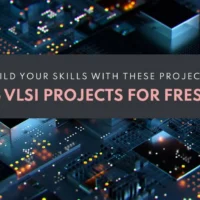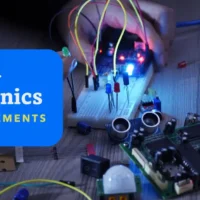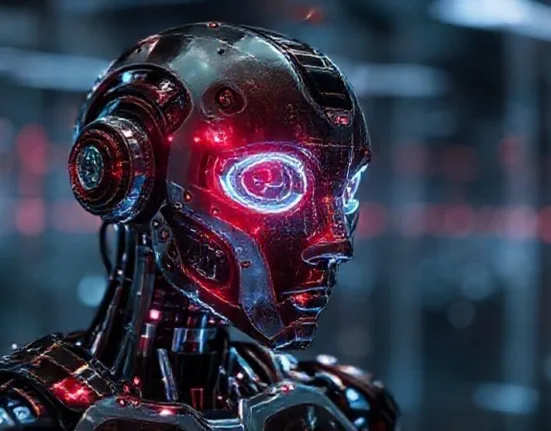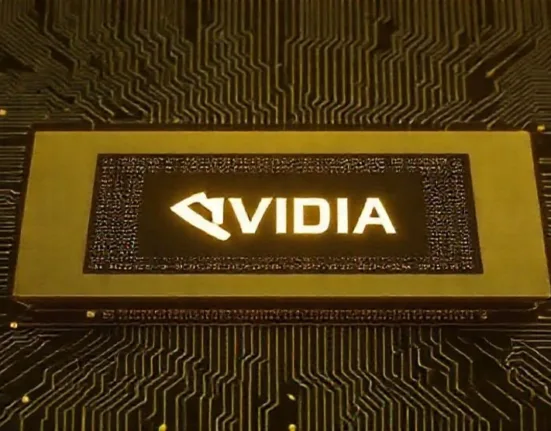Inside NVIDIA GPUs: How Billions of Transistors Drive the Future of AI and Graphics
- by Abhinav Kumar
- 10 November 2025
- 3 minutes read

Key Insights
- Modern NVIDIA GPUs like the Blackwell series pack over 200 billion transistors and support advanced AI, graphics, and parallel computing workloads.
- The architecture features a sophisticated hierarchy of CUDA cores, Tensor Cores, and Ray-Tracing Cores, delivering unmatched performance for both gaming and AI applications.
- Innovations in memory bandwidth, power delivery, and cooling are pushing the boundaries of what GPUs can achieve in data centers and consumer devices.
Did you know a single high-end graphics chip now contains more transistors than there are stars in the Milky Way? The latest NVIDIA GPUs, like those based on the Blackwell architecture, have become the engines behind everything from cinematic gaming to AI supercomputers. But what exactly goes on inside these silicon marvels, and how do their inner workings enable such staggering performance?
The Anatomy of a Modern Nvidia GPU: Inside the Silicon Engine
At the core of every NVIDIA GPU lies a dense silicon die, measuring just a few square centimeters but packing in an astonishing number of transistors. For example, the most recent Blackwell flagship boasts 208 billion transistors, manufactured using TSMC’s advanced 4NP process. This transistor density is what allows the chip to execute trillions of operations per second.
The GPU is structured into a hierarchy of compute blocks:
- Graphics Processing Clusters (GPCs): The dominant building blocks, each GPC houses multiple specialized engines for rendering and computation.
- Streaming Multiprocessors (SMs): Each GPC contains multiple SMs. In the Blackwell GB202, there are 192 SMs, each with 128 CUDA Cores, 4 Tensor Cores, and a Ray-Tracing Core.
- CUDA Cores: These are the workhorses of the GPU, responsible for basic arithmetic operations. The RTX 5090, for example, features 24,576 CUDA Cores.
- Tensor Cores: Specialized for AI and matrix math, enabling fast neural network inference and training.
- Ray-Tracing (RT) Cores: Dedicated to accelerating ray-tracing calculations for realistic lighting and shadows in 3D graphics.
Each of these components works in harmony, allowing the GPU to process massive amounts of data in parallel—ideal for both real-time graphics and AI workloads.
Memory Hierarchy inside GPUS: Feeding the Compute Monster
To keep thousands of cores fed with data, GPUs employ a layered memory system:
- On-Chip Cache: The Blackwell GPU features up to 128 MB of fast L2 cache, while each SM has its own configurable L1/shared memory. This minimizes the need to fetch data from slower, off-chip memory.
- VRAM (Device Memory): High-bandwidth GDDR6X or HBM memory provides the main data storage for textures, AI models, and more. For instance, the memory controller on the GA102 chip supports a 384-bit bus with bandwidths exceeding 1 TB/s.
- Cache Hierarchy: Multiple levels of cache ensure that frequently-used data is quickly accessible, reducing latency and maximizing throughput.
This intricate memory hierarchy is crucial for real-time rendering and AI, where delays of even a few nanoseconds can impact performance.
You would Love to read :How to Ace AMD’s C++ Graduate Interview: Key Skills and Trends for 2025
Power, Cooling, and Connectivity: Engineering for Extreme Performance
Pushing billions of transistors at gigahertz speeds demands serious power and thermal management. Modern GPUs feature:
- Voltage Regulator Modules (VRMs): Step down input power to supply hundreds of watts at precise voltages to the GPU core.
- Advanced Cooling Solutions: Large heatsinks, copper heat pipes, and high-speed fans (or liquid cooling in data centers) dissipate the massive heat output.
- High-Speed Interconnects: PCIe and NVIDIA’s NVLink enable ultra-fast communication between GPUs and CPUs or across multiple GPUs in supercomputers. The latest MVLink switches, for example, allow every GPU in a cluster to communicate at full bandwidth simultaneously.
NVIDIA is also pioneering new data center architectures, such as 800V DC power systems, to support the ever-increasing energy demands of future AI “factories.”
Emerging Trends: AI, Neural Rendering, and the Road Ahead
The latest GPU architectures are not just about brute-force graphics anymore. AI is now deeply embedded in the rendering pipeline, with enhanced Tensor Cores enabling new techniques like neural shading and real-time path tracing. The Blackwell series, in particular, is designed to accelerate both traditional graphics and next-generation AI workloads, setting the stage for even more realistic visuals and smarter applications.
As the boundaries between gaming, AI, and scientific computing blur, the humble graphics chip has evolved into the heart of the modern computing revolution—one transistor at a time.
Discover more from WireUnwired Research
Subscribe to get the latest posts sent to your email.










